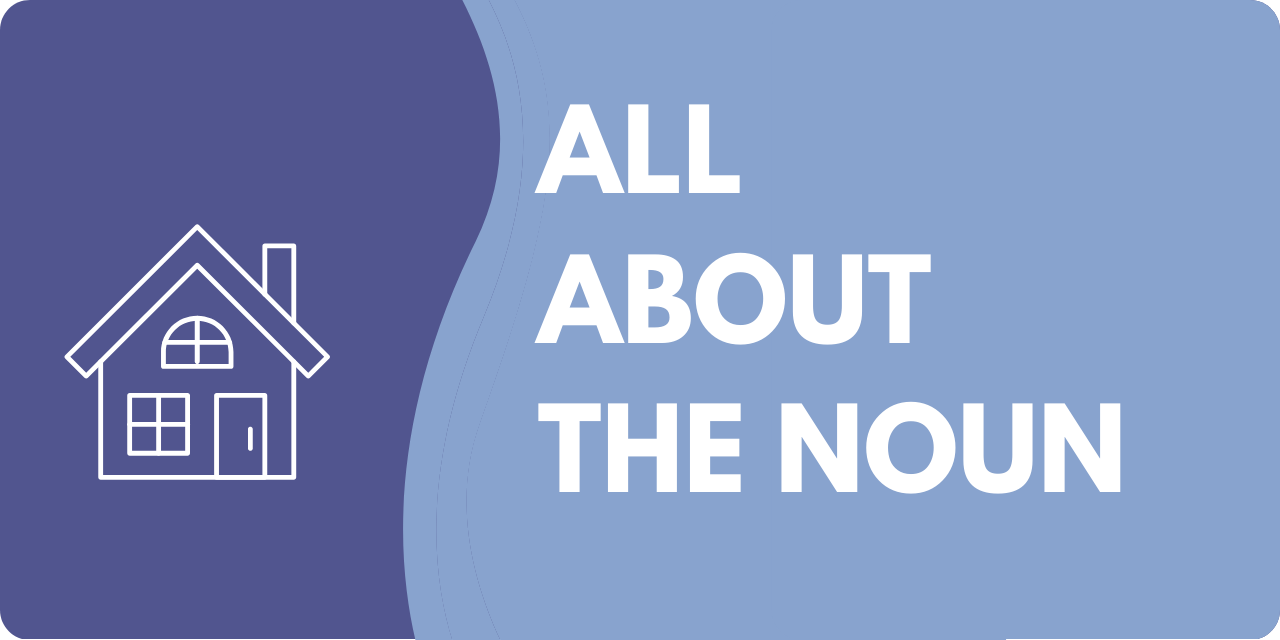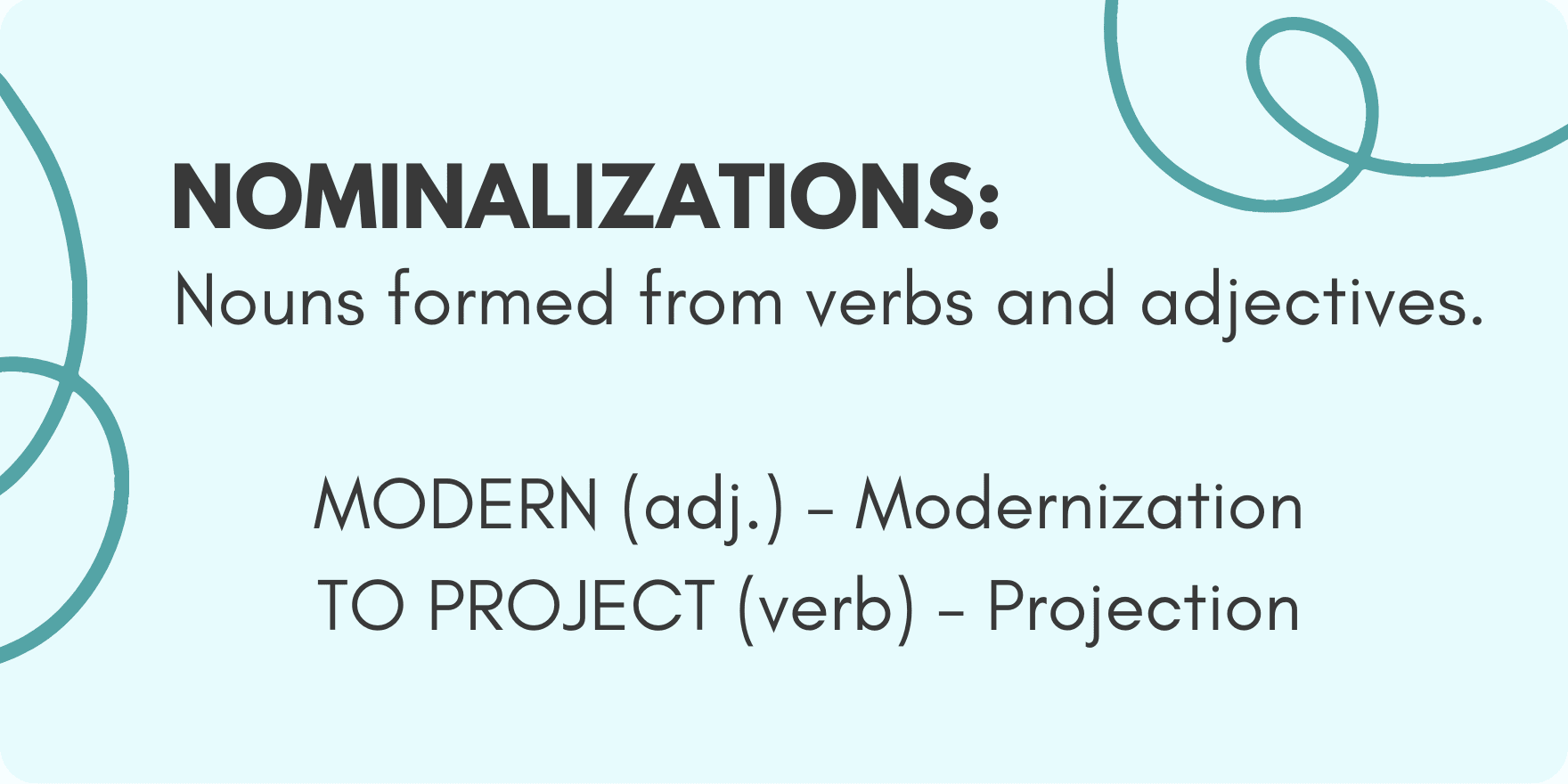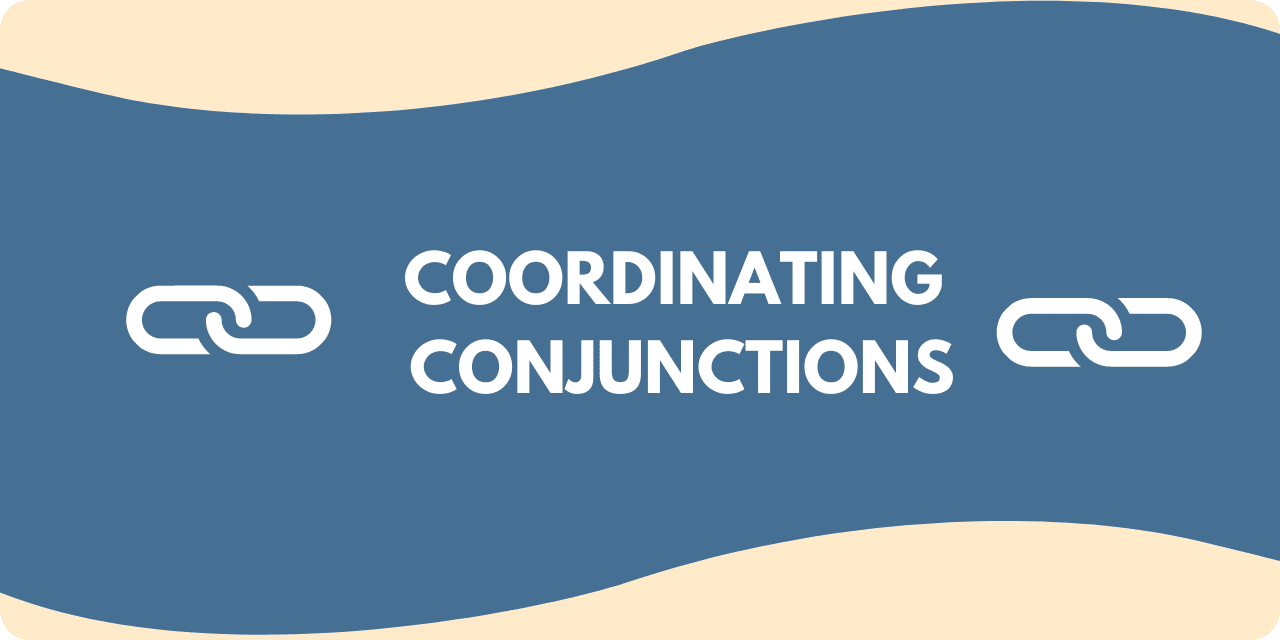Because I loved the third edition of Microsoft Manual of Style for Technical Publications, I was excited to see that Microsoft had finally updated the 2004 volume. The new fourth edition, published this year, is titled simply Microsoft Manual of Style.
I recommend the manual highly, but I don’t love it as much as its predecessor. Here's why:
The chapter page layout is bad for skimming and even for reading. Paragraphs are awkwardly and almost randomly indented, whereas the earlier version used a clean block style. Chunks of text that could be helpfully indented are not, so it is sometimes difficult to recognize the hierarchy of information. Italicized headings compete with bolded text.
I got off to a bad start with the new Microsoft Manual of Style because I began with Chapter 1, where I found several errors. I hate finding errors in a style manual! Don't you?
Examples:
On page 6: "Use a real verb like categorize or group." (The verbs should be italicized.)
On page 8: "Active voice emphasizes the person or thing preforming the action." (Should be performing.)
On page 9: "Select the setting that you want, and then click Save changes." (“Save changes” should be in bold font.)
Although I have not read the manual word for word, I did not find any errors after Chapter 1. That is why I feel confident recommending it, despite the first chapter and the formatting challenges.
Microsoft Manual of Style belongs on the bookshelves of people who write technical documents. I also recommend it for anyone who writes about computer-related topics. I myself consulted the manual this morning when I was deciding between “log in” and “log on” for an email to people enrolled in an online class. The manual gave me helpful guidance, and I opted for "log in."
Although the errors in Chapter 1 disturbed me, the chapter conveys many useful ideas for writers. Under a section on sentence structure and grammatical choices, I like this advice:
"In general, use second person. Second person, also known as direct address, uses the personal pronoun you. Second person supports a friendly tone because it connects you with the user. It also helps avoid passive voice because it focuses the discussion on the user.
"Microsoft style [Example]: You can always access these advanced settings later, if you need them."
Rather than using the labels “Correct” and “Incorrect,” this edition uses “Microsoft style” and “Not Microsoft style.” Although the new labels are more accurate than the original ones, I liked the black and white clarity of the third edition’s “Correct” and “Incorrect.”
I like the brief section headed “Don’t minimize complexity,” which offers these examples:
"Microsoft style: Plug in your device to launch the wizard, and then follow the steps."
"Not Microsoft style: Nothing could be faster or easier. Just plug in your device."
The usage dictionary of almost 200 pages is terrific. These items (excerpted at random from the A section) give you a sense of what the usage dictionary covers:
A.M., P.M.
abort
above (vs. earlier)
actionable
add-in, add-on
affect vs. effect
among vs. between
and so on
and/or
as well as
author (vs. write)
Microsoft Manual of Style contains valuable guidance on writing for an international audience. Chapter 3, “Content for a Worldwide Audience,” covers syntax, word choice, jargon, currency, and other helpful topics. Beyond that, the entire manual conveys an awareness of global readers and offers tips for communicating around the globe.
I liked Microsoft’s choices on grammar, punctuation, and usage in the third edition, and this manual continues to make sensible recommendations. It recommends the serial comma, one space (not two) after a sentence, and the consistent use of apostrophes to create possessive forms (rather than making exceptions). It recommends email—not e-mail. However, it continues to prohibit the use of email as a verb, and it refers to one email as an “email message” or a “message”—not an email. Those seem like losing choices, since so many people and several respected dictionaries already reject those prohibitions.
Overall, I give Microsoft Manual of Style 4.5 stars. If the design were cleaner and the errors gone, it would merit 5 stars. The manual is reasonably priced at US$29.95, and you can buy it cheaper online.
Are you using the new edition of Microsoft Manual of Style? If so, please share your opinion.
Lynn
Syntax Training






